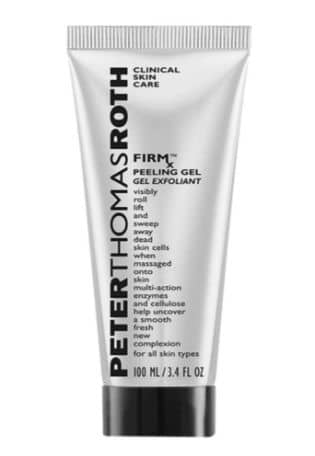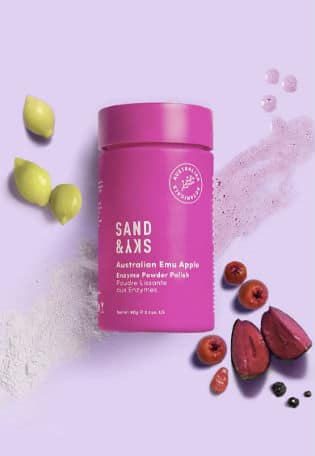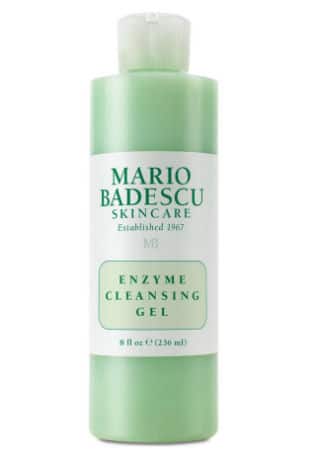
You've probably heard about Alpha Hydroxy Acid or Beta Hydroxy Acid chemical exfoliants. These are the ingredients that brands like Ole Henriksen and Alpha-H are famous for. These are typically what people think of when they hear 'chemical exfoliant'. But there's another type - an enzymatic or enzyme exfoliant.
And it's these kinds of exfoliants that might be the secret to skincare success for you. Here's why.
Enzyme exfoliants work differently
Enzymatic exfoliants are different than your average exfoliant. As the name would suggest, they exfoliate using enzymes rather than abrasive granules. Enzymes help to break down the keratin in the skin's upper layers, which helps lift off anything dead. It does this in a funky way. The enzymes literally digest the dead skin on your face. You may have heard people talk about how pineapple gives you a tingling feeling in the mouth because it's eating you back. It's a similar principle here.
Since enzymes will only digest the dead skin cells, it won't over exfoliate your complexion like other products could. This means that anyone with sensitive skin can benefit from using one of these. It's exfoliation but on a much gentler level. Enzymes are also generally more thorough at exfoliation than scrubs, another reason to make the switch.
Another plus, many enzyme exfoliants will use fruit enzymes from things like papaya which are naturally occurring - ideal for anyone following a clean beauty regime. Of course, not all enzymes are from plant-based sources, but many of them are. The packaging will usually tell you.
How does this differ from other exfoliants?
For exfoliation, there are two main categories of exfoliants, and you've heard of them both: physical and chemical. Physical exfoliants are scrubs that contain beads or rough granules that help to scrub off any dead skin. While many swear by these kinds of products - and they definitely have their value - they only work on the surface layer of the skin. And many scrubs aren't suitable for sensitive skin or those prone to redness.
Then, there are chemical exfoliants - which includes acid and enzyme exfoliants. Acid exfoliants work by breaking the bonds or "glue" that holds dead skin, dirt and oil. For this reason, acid exfoliants can be effective in the top and also deeper layers of the skin. They can also be effective over the course of a few days. Most acid exfoliants contain hydroxy acids like AHA and BHA, which have a peeling effect. While these are extremely efficient and effective for many, it is possible to over exfoliate or even mildly burn your skin with these products. Especially if you have sensitive skin.
Why is exfoliating so important?
Given just how many different products there are out on the market, you can guess that exfoliation is key. In fact, it's one of the most important steps in any skincare routine.
Not only does exfoliating help remove dirt, oil and dead skin, it can help the rest of your products absorb and work more effectively. This means clearer skin, healthier skin and more bang for your buck from all your expensive products. Plus, some exfoliating can increase your skin cell turnover, leading to healthier skin with fewer dark spots and a reduction in fine lines.
It can be tempting for anyone with sensitive skin to skip this step, but maybe switching to an enzyme-based exfoliator is the solution for you.
Shop a few of our favourites...
PETER THOMAS ROTH Firmx Peeling Gel

Sand & Sky Australian Emu Apple Enzyme Powder Polish

Mario Badescu Enzyme Cleansing Gel




